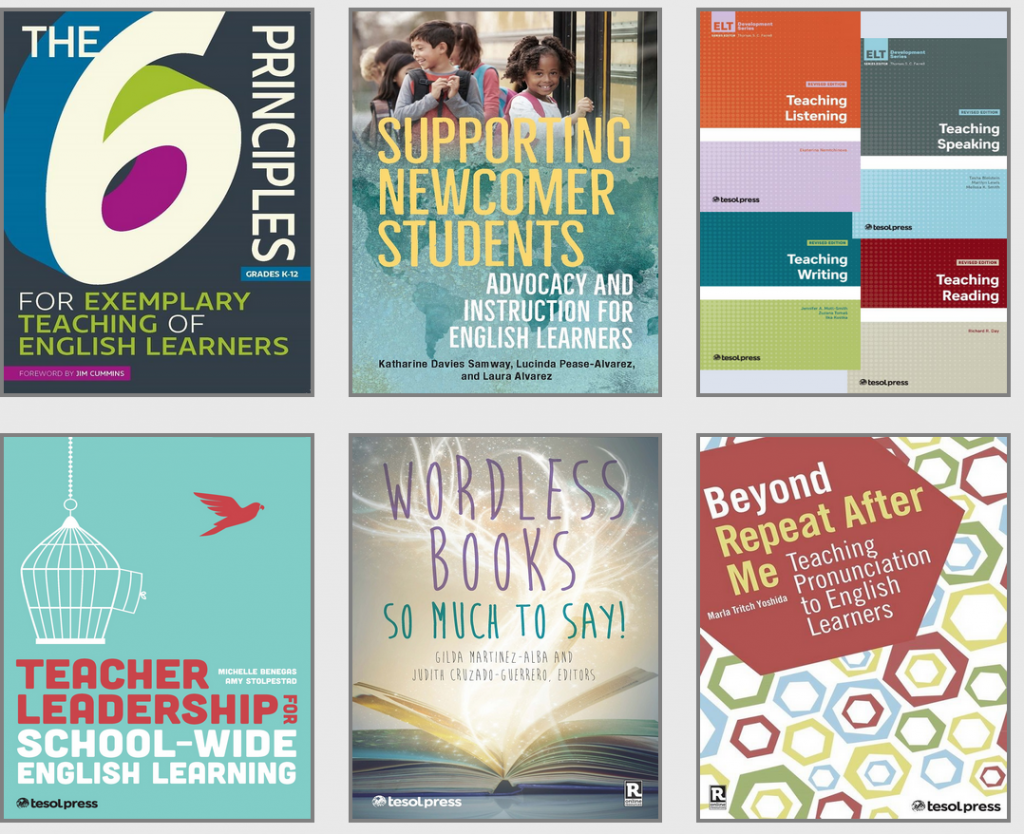
When schools pivoted to remote teaching in response to the pandemic, I was directing a large graduate program for in-service teachers of English learners (ELs). My colleagues and I were mentoring classroom teachers and EL specialists in our state. When you have a full view on teachers of ELs who are switching to remote instruction, you are quick to realize that their difficulties aren’t unique to their situation and teachers nationwide need guidance on how to rethink instruction in a way that allows their students to attend and participate.
Our team surveyed, interviewed, mentored, and coached teachers during spring 2020. My colleagues and I carried out a review of the literature on using technology with ELs and on engaging their caregivers in the digital age. We applied what we had learned from prior training grant projects. One issue in particular that came to the top of our investigations was that districts were not creating plans specifically for ELs.
They expected them to fit the mold they formed for all students and they left it to EL specialists to adjust that mold for students who are learning English at the same time that they are trying to progress with grade-level instruction. Based on all the roadblocks and outcomes, this planning approach is insufficient for students who lack the home supports to be able to switch to online instruction. Data we collected indicated to us that the problems with EL students’ access, attendance, and engagement with learning were severe and needed a remedy with a systematic planning process that involved the caregivers of ELs as well as the specialists and content teachers who have day-to-day responsibility for them.
TESOL International Association’s 6 Principles for Exemplary Teaching of English Learners provides an intuitive framework, based on well-established guidelines of language teaching and second-language acquisition research; this framework has been vetted by experts and teachers from TESOL’s international community of practice. Taken together, they form a comprehensive approach, which is in no way experimental. The principles and their key practices are universal enough to apply to a broad range of teaching contexts where students are learning English.
Personally, I have been one of the writers of TESOL’s six principles initiative, drafting them under the leadership of Deborah Short, TESOL International Association’s current president.
These principles and their exemplary practices have been central to my work with in-service teachers through a National Professional Development grant. When teachers approached me for advice on remote teaching, my reaction was that we should be reaching for what we know about instruction that works for English learners. The proliferating digital tools for learning are only helpful when our learners have the socio-emotional conditions and the proper infrastructure to use them well.
“The 6 Principles Quick Guide: Remote Teaching of K–12 English Learners” is the application of TESOL’s six principles for a sporadically charted context that has challenged us educators to our limit. My hope is that I provide a clear pathway that will help us regain a true sense of self-efficacy. The guide is a quick read, and when you are finished, you will feel, “This is a lot of work, but I do know how to do this because I can draw on what I already know about teaching K–12 English learners.
My colleagues and I already share this common language. I know where to start, where I am going, and where I can put my effort so it matters the most.” First things first: the modality has to fit the families who are expected to sustain it. Empowering them, supplying them with the tools, and training them for their tasks is where we start. Then comes building relationships with students, meeting their socio-emotional needs, and motivating them to engage meaningfully. When we have covered this ground, the guide makes it easy to move forward to the next level of action steps. Full of handy pointers and ready tools, the guide makes digital lesson planning easier for the teacher and engaging for the learner.
Andrea Hellman is the author of “The 6 Principles Quick Guide: Remote Teaching of K–12 English Learners,” available to order at http://sites.tesol.org/Bookstore.







